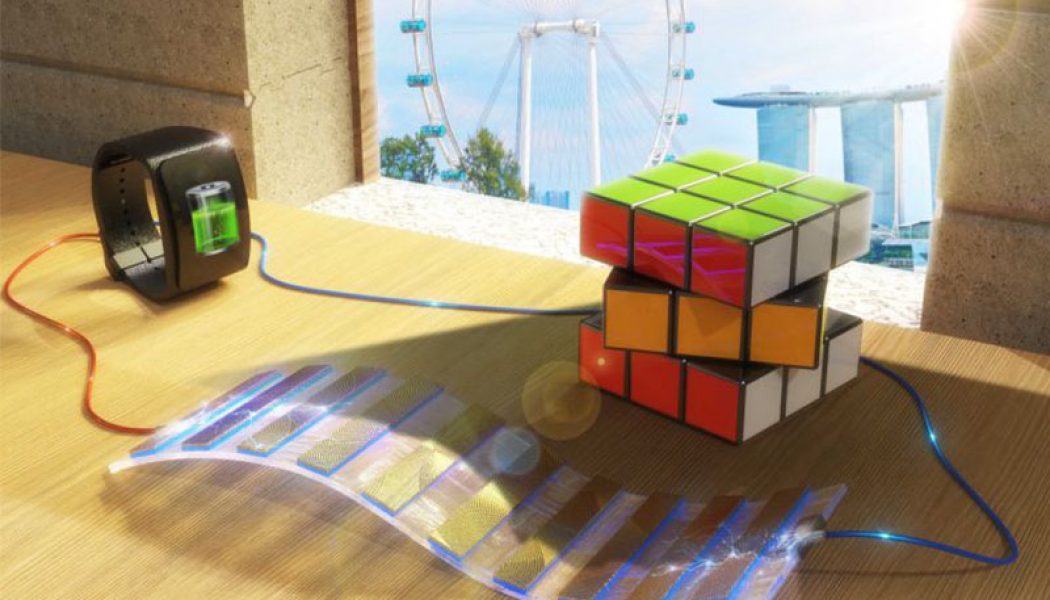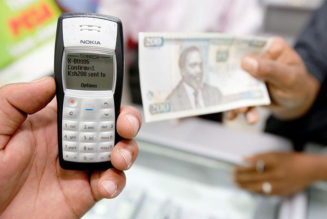In an interesting twist in emerging technologies and the energy sector, a team of researchers from the National University of Singapore (NUS) has created a device called the Shadow-Effect Energy Generator. The device is able to create an electrical charge using the contrast between shadow and light.
It sounds like something out of a science-fiction novel, Yahoo News reports that the team behind the device capitalised on the illumination contrast caused by shadows as an indirect source of power.
“The contrast in illumination induces a voltage difference between the shadowed and illuminated sections, resulting in an electric current. This novel concept of harvesting energy in the presence of shadows is unprecedented,” says research team leader, Assistant Professor Tan Swee Ching, from the NUS Department of Materials Science and Engineering.
Based on laboratory experiments, the harvested energy from the device in the presence of shadows created under indoor lighting conditions is sufficient to charge a smartwatch at 1.2 volts.
/* custom css */
.tdi_3_981.td-a-rec-img{ text-align: left; }.tdi_3_981.td-a-rec-img img{ margin: 0 auto 0 0; }
The NUS team’s research breakthrough was reported in the scientific journal Energy & Environmental Science on 15 April.
Commercially available solar cells can harness ambient light in an outdoor environment to generate power supply. But their energy harvesting efficiency drops significantly indoors where shadows are prevalent.
The device can perform two functions – to convert illumination contrast from partial shadows castings into electricity, and to serve as a proximity sensor to monitor passing objects. It comprises a set of cells on a flexible and transparent plastic film, with each cell comprising a thin film of gold deposited on a silicon wafer.
“We also found that the optimum surface area for electricity generation is when half of the SEG cell is illuminated and the other half in shadow, as this gives enough area for charge generation and collection respectively,” said co-team leader, Professor Andrew Wee, from the NUS Department of Physics.
The NUS team will next experiment with other materials, besides gold, to reduce the cost of the device. It will also explore developing self-powered sensors and wearable SEGs attached to clothing.
Edited by Luis Monzon
Follow Luis Monzon on Twitter
Follow IT News Africa on Twitter
/* custom css */
.tdi_4_518.td-a-rec-img{ text-align: left; }.tdi_4_518.td-a-rec-img img{ margin: 0 auto 0 0; }










